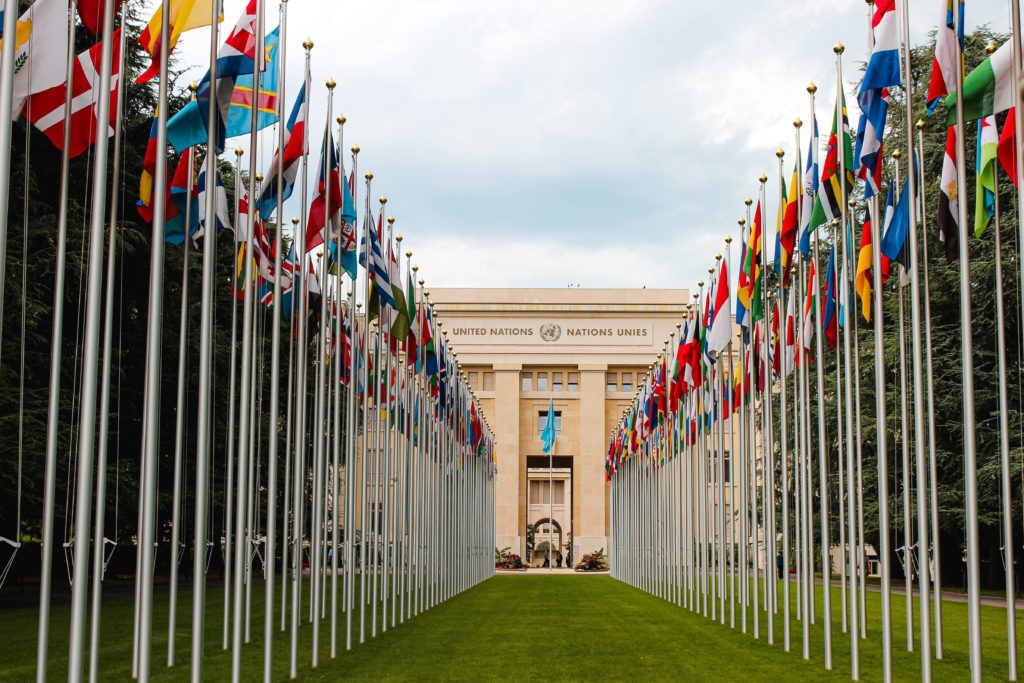If you are unsure about what International Law is, or are looking for more information, welcome, you are in the right place!
*Une version française de cet article est disponible au lien suivant : https://www.aftranslationservices.com/droit-international/
First thing first, the term “international law” is often used to describe either public or private international law. It may be a little confusing but I’ll try to give you a glimpse of the issues at stake and persons concerned so you can differentiate them.

Private International Law
Private international law, also known as conflict of law, is meant to facilitate relations between private parties (most of the time, individuals). For example, a German and an Australian, living in Algeria, are getting divorced -which law is applicable? This is a matter dealt with in private international law.
Sources of private international law:
Some of it is codified into national law. For example, in France article 309 of the Code Civil deals with the conflict of law in case of divorce.
At the international level, it often takes the form of bilateral or multilateral conventions. A well-known example is the Treaty of Rome (signed in 1956, entered into force in 1957), which established the European Economic Community and aimed at regularizing trade within the Euro-area – or eurozone.
To know more about “conventions” and other sources of law, click here!
Public International Law
Being specialized in public international law, this blog will mostly refer to issues linked to public international law -even when I only write “international law” (often shortened as “IL”).
So, are private and public international law different? You’ll understand by reading IL’s characteristics and history below.
Characteristics of IL:
- At first, IL was meant to govern the relationships between States. This is now seen as a limited definition, as some instruments recognize other subject of law – sometimes referred to as “subject at law”.
- It creates duties and obligations for the States.
- The obligations are not imposed on States but accepted by them, in respect of their national sovereignty. However, treaties often include a penalty mechanism and/or monitoring body.
- This is a law of cooperation.
History of IL:
A first in 1815: the Vienna Treaty lists obligations for sovereign States, accepted by them, which include: the principle of freedom of navigation on international waters and the abolition of slave trade. Before that, the international community -understood as a community of rights and duties- was almost inexistant.
Since then, international “institutions” began to appear; it culminated with the League of Nations (1919) and then the United Nations (1945). Other supra-national institutions have been created at the regional level: the Council of Europe, European Union, Association of the East-Asian States, Organisations of the American States inter alia.
These institutions constitute fora used to “create” IL instruments that are then signed and ratified (or not) by States. By such act, the State acknowledges its obligations under the said instrument.
an article dedicated to the institutions is available here.

Sources of IL:
As identified by article 38.1 of the 1945 Statute of the International Court of Justice, there are three sources of international law: conventions (written source), customary international law (general practice accepted as law) and general principles of international law (rules or concepts recognized by “civilized nations”).
to learn more about sources of law, click here!
Out of these sources, major instruments are:
- The Universal Declaration of Human Rights – UDHR (adopted in 1948). However, being a “declaration”, the UDHR is not legally binding – even though some “declarations” are…
- The United Nations Charter – UN Charter (1945) that is the founding document of the United Nations and codifies key principles of international relations).
- The International Covenant on Civil and Political Rights – ICCPR (adopted in 1966, entered into force in 1976). Its respect if monitored by the UN Human Rights Committee.
- The International Covenant on Economic, Social and Cultural Rights – ICESCR (adopted in 1966, entered into force in 1976). Its respect if monitored by the Committee on Economic, Social and Cultural Rights (CESCR).
- The general principles of IL include the principle of good faith and the one of equity.
I hope it makes things a little bit clearer for you and that you can now differentiate between private and public international law (in terms of both the issues at stake and subjects of the law).
Feel free to check out my other articles for more information or to leave a comment, opinion, question through the contact form, I’ll be happy to read your thoughts!

Photo 1 by Mika Baumeister on Unsplash. Euro sign in front of the European Central Bank in Frankfurt am Main, Germany.
Photo 2 by Mathias P.R. Reding on Unsplash. The flag-alley in front of the United Nations Office in Geneva, Switzerland.
Photo 3 by Giammarco on Unsplash. Old library, Trinity College of Dublin, Ireland.
